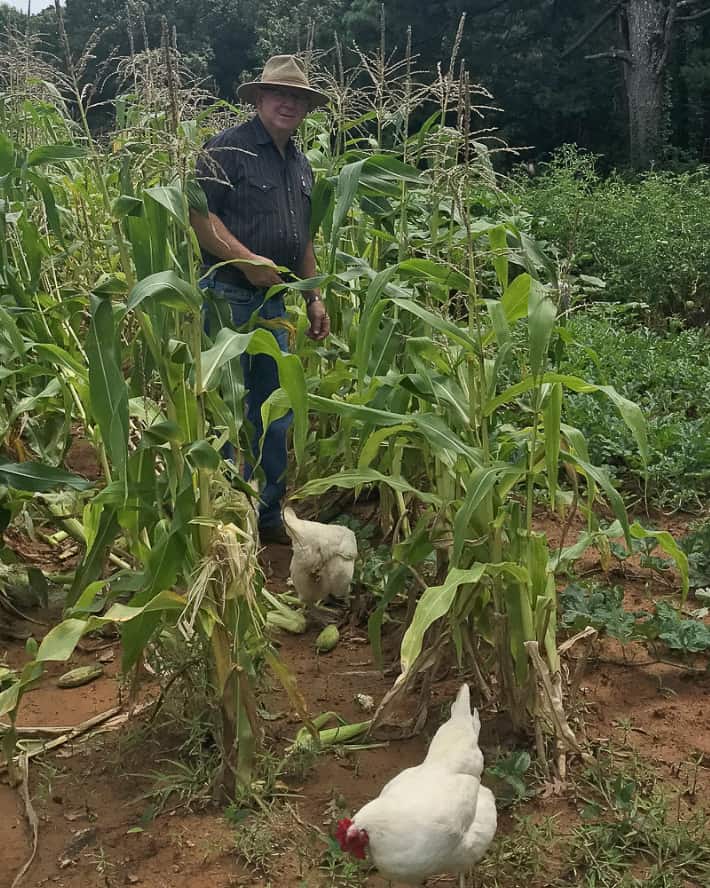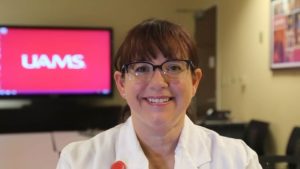View Larger Image

Samuel Anderson was back in the garden the very day he left UAMS Medical Center.
Cabot Man Back in the Garden after Carotid Repair
| As he waits for a follow-up appointment at UAMS, Samuel Anderson cannot help but smile when he talks about his love for gardening.
“This year I planted tomatoes, beans, peas, okra and squash,” Anderson said. “It was a good garden this year.”
Anderson, 77, and his wife Brenda grow enough vegetables to preserve and freeze some of their harvest. He plans to make salsa with his son-in-law later this season.
Anderson spent two days in the hospital following an operation in which his vascular surgeon, Kyla R. Shelton, M.D. treated plaque buildup in his carotid artery. He is the first patient in Arkansas to undergo this new procedure known as transcarotid artery stenting, or TCAR. It’s a safer and less invasive option to treat plaque from the carotid artery.
Anderson received a referral to Shelton after he’d had a series of stroke-like episodes known as transient ischemic attacks (TIAs). Traditionally, Shelton would have gone through the femoral artery in the thigh to get to a patient’s carotid artery, which is in the neck.
“In going through the femoral artery, there is no good way to protect anything from breaking off the plaque and going to the brain,” Dr. Shelton said. “What the TCAR allows you to do is reverse the blood flow away from the brain so that if anything were to break off during the stent, it would go down and not up toward the brain, therefore decreasing the risk of stroke.”
Another traditional approach includes open surgery at the carotid and removing the plaque, which is an effective approach but is not right for all patients, Shelton said.
For Anderson’s TCAR surgery, Shelton made a small incision just above Anderson’s collarbone to reveal his carotid artery. She then placed a soft, flexible sheath into the artery to reverse the blood flow and deploy a stent in the carotid artery, covering the plaque.
After being in the hospital for two days, Anderson’s daughter Karla Love says he was back in the garden the very day he left UAMS Medical Center.
“We couldn’t believe it,” Love said. “Everything at UAMS has been wonderful. Dr. Shelton took good care of my dad and of us while he was in the operation. It was comforting to receive the updates and know he was okay during the procedure.”
Shelton says this new technique has the potential to replace older methods to better serve patients.

